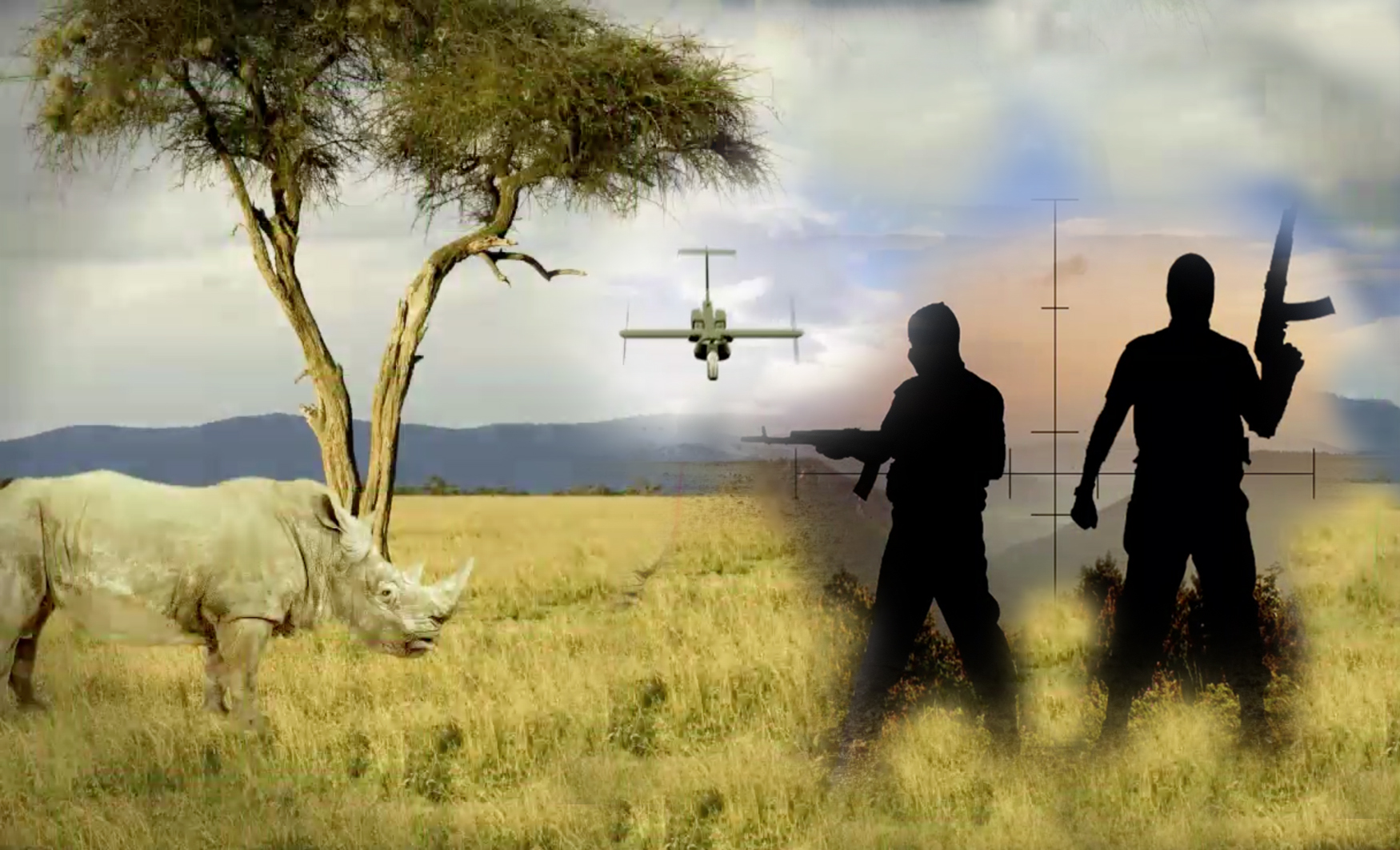
Build a Better Drone, for Wildlife Conservation (Op-Ed)

David Wilkie is director of conservation support and Robert Rose is assistant director of conservation support, both at WCS. This piece was originally published by Policy Innovations, the Carnegie Council's online magazine for global ethics and sustainability and is part of the series The War for Wildlife: Dispatches from the Wildlife Conservation Society. The authors contributed this article to LiveScience's Expert Voices: Op-Ed & Insights.
Poachers are escalating the global war on wildlife through advanced technologies and techniques. In Asia, they are hacking into the signals from tigers' satellite collars to find and kill them. In Africa, criminal syndicates are reportedly using helicopters and infrared goggles to kill elephants in the dead of night.
What if unmanned arial vehicle (UAV) developers could imagine their inventions through the eyes of conservation field staff?
To combat this sophisticated and expanding traffic in wildlife, conservationists must themselves turn to new technologies if they are to shift the balance. Yet with perennially limited funds, government park rangers, community eco-guards, and conservation groups struggle to keep up.
UAVs are one option for extending conservationist's reach — at only a small additional cost. Commonly called "drones," UAVs were once the domain of the military; now, these devices show great promise in strengthening wildlife law enforcement.
Already, authorities are using fixed-wing conservation UAVs to successfully keep track of hard-to-see rhinos in Nepal, and to monitor elephant habitat and prevent the illegal expansion of palm oil plantations in Sumatra. The technology also has tremendous potential for patrolling coastal fisheries.
To move beyond law enforcement to crime prevention, the evolution of UAV technology must first be guided by a few practical, cost-saving priorities. Increased battery life and flight duration, greater payloads, cheaper infrared sensors and affordable real-time transmission of imagery would all make a major difference.
Sign up for the Live Science daily newsletter now
Get the world’s most fascinating discoveries delivered straight to your inbox.
But what if UAV developers could imagine their inventions through the eyes of conservation field staff? They might consider a fisheries agent based on a coastal atoll who uses a tethered balloon carrying a radar sensor to detect all vessels that enter the community's no-take fishing sanctuary. With such real-time information, the agent could quickly radio-pinpoint directions to a local patrol boat, enabling its officers to prevent illegal fishing or to arrest poachers — saving thousands of dollars in fuel that is normally spent cruising the ocean in search of poachers.
Or instead, drone technicians might envision Congo forest eco-guards getting a closer and safer look at what appears be a group of well-armed ivory poachers near a salt lick. A guard deploys an almost silent, battery-powered hexacopter that maneuvers below the canopy, searching for signs of poachers. The UAV returns on its own with photographic evidence that the sounds the eco-guard had heard were just a small band of hunter-gatherers who have the right to take from the forest. Properly designed UAVs could cover more area, and importantly, give eco-guards a tactical advantage.
UAV developers might even conceive of a squadron of drones with heat-sensing cameras flying across the vast plains of Central Asia's Ustyurt Plateau, searching for signs of saiga-antelope poachers. Vehicle engines and warm bodies provide telltale signs that would otherwise be hidden by the night.
Advances such as these would allow conservationists working with government agencies and community conservancies to cover more ground, at more times of day, with greater safety — patrolling more effectively with negligible change in staff and operating costs. With these advances we can do more than catch poachers: We can prevent the killing in the first place.

We challenge the conservation community to establish a competition for the development of practical and effective conservation drones.
Prizes such as the automotive XPRIZE (vehicle efficiency), the lunar XPRIZE (space exploration), the genomics XPRIZE (genome sequencing), and the DARPA Grand Challenge (autonomous systems) have all hung a carrot in front of the world's innovators.
We challenge the conservation community to take a page from these initiatives by establishing a competition to reward the development of the most practical and effective UAVs for conservation. With a modest influx of financial support, conservationists could soon have the technologies we need to expand the reach of eco-guard patrols, while at the same time enhancing the effectiveness of wildlife law-enforcement and reducing risks to our courageous rangers.
It's an urgent challenge with an added reward: providing future generations with the awe that comes from knowing that iconic animals like elephants, rhinos, and tigers continue to roam safely in the wild — and with luck, seeing them firsthand.
The Wilkie's most recent Op-Ed was "Conservation Is About Caring for Nature and People."The views expressed are those of the author and do not necessarily reflect the views of the publisher. This version of the article was originally published on LiveScience.









